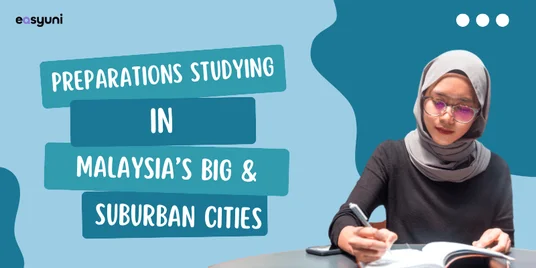What should the educators be doing to tap into the Indian market?
November 11, 2017
EasyUni Staff
Facts About India:
- India sends out approximately 800,000 students abroad every year making it 2nd largest country for outbound international students, after china.
- It could become the fastest growing market for undergraduate students studying abroad as early as 2015.
- Indian Govt plans to increase the rate of college going students to 30% in the next decade and the existing 400 universities in India can only accommodate 12% of that.
- By 2028 half of India's population will be under 25.
| Key Findings | Recommended Measures |
|
A recent report by British council reveals that Indian students are keen to study abroad but are extremely cost sensitive and we can expect them to be even more sensitive considering the devaluation of INR. It is estimated that the average cost of study abroad has increased $10,000/year and only 0.4% of Indian families can afford that
|
If Asian educators and recruiters play it right, this could mean a huge shift in the landscape. Asian universities could tap this opportunity by increasing the perceived value for money along with the governments taking radical steps to communicate to the Indian students, one clear message, that their countries can offer the same quality education at a much lower cost as compared to Europe, Australia and Americas. Institutions could create more flexible payment methods for international students along with targeted scholarships and bursaries
|
|
The same Study reveals that Indian students give a lot of weightage to the host country's employment policies for international students while studying or once they finish their degree. Last year the number of Indian students in UK decreased by 23% mainly because of the removal of post study employment opportunities. Number of international students in Canada have increased by 23% because the country is perceived to be a great option for permanent migration
|
Educators should be constantly lobbying with their governments to ensure that employment policies for international students should be as lenient as possible along with robust post study visa programmes. Australian educators have been successfully lobbying with policy makers and have managed to relax student employment policies. As a result of these employment friendly policies, Australia has seen a 36% increase in Indian students in the last year.
|
|
High quality courses and institutions remained by far the greatest pull factor for the students when choosing whether to study at home or abroad. Germany has seen a 19% increase in Indian students because Indian students see Germany as offering world-class education & opportunities in the automotive, engineering, and manufacturing industries
|
Educators need to emphasize more on improving the quality of courses being offered by them along with a focus on using alumni experiences and success stories in their communications. They need to work closely with the private sector to ensure a meaningful internship program along with a functional and effective placement department. This would help build confidence among students and decrease the trust deficit.
|
In the recent past we have seen Malaysia emerging as a popular study destination in Asia with reputed foreign universities opening their branch campuses in the country. Such initiatives by European, Australian, Canadian and North american universities will help them retain cost sensitive Indian students as they can offer similar courses and degrees at much economical costs.
Kickstart your education in Malaysia
We'll help you find and apply for your dream university
You might be interested in...
- Raising Awareness of the Threat of Microplastics Pollution on International Mother Earth Day
- Essential Tips for International Students Studying in Malaysia's Big and Suburban Cities
- Misconceptions About Studying in Malaysia: Insights for International Students
- The Role of Education in Promoting Health Equity: Lessons from World Health Day 2024
- Studying Abroad Tips: What Should You Do Before Coming to Malaysia?
- International Students' Guide to Success in Malaysian Research Programs
- Returning Home or Staying Put: Planning Your Career Path After Studying in Malaysia
- Crafting a Greener Tomorrow: Empowering Change through Zero Waste and Upcycling Practices
- Malaysian Higher Education's Global Outreach: Collaborations with International Institutions
- Initiatives by Universities in Malaysia to Prepare Students for Globalization








